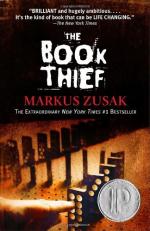|
This section contains 9,676 words (approx. 33 pages at 300 words per page) |

|
SOURCE: "The Creation of Modern Japanese Poetry," in Landscapes and Portraits: Appreciations of Japanese Culture, Kodansha International Ltd., 1971, pp. 131-56.
In the following essay, Keene charts the transition of Japanese poetry during the Meiji era from traditional tanka and haiku forms to shintaishi, or "new-style poems," and also surveys later innovations in Japanese poetic techniques and themes.
Modern Japanese poetry, like everything else modern in Japan, is generally traced back to the accession to undisputed authority of the Emperor Meiji in 1868. This political event did not immediately inspire floods of poetic composition; in fact, as far as I can determine, not a single poet sang the glories of the new reign, and no book of poetry of consequence was published for some years afterwards. But the new Emperor was to show himself conspicuously unlike many generations of his ancestors, rulers whose arrivals, activities and departures had been of...
|
This section contains 9,676 words (approx. 33 pages at 300 words per page) |

|


